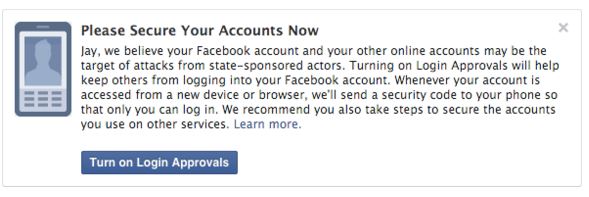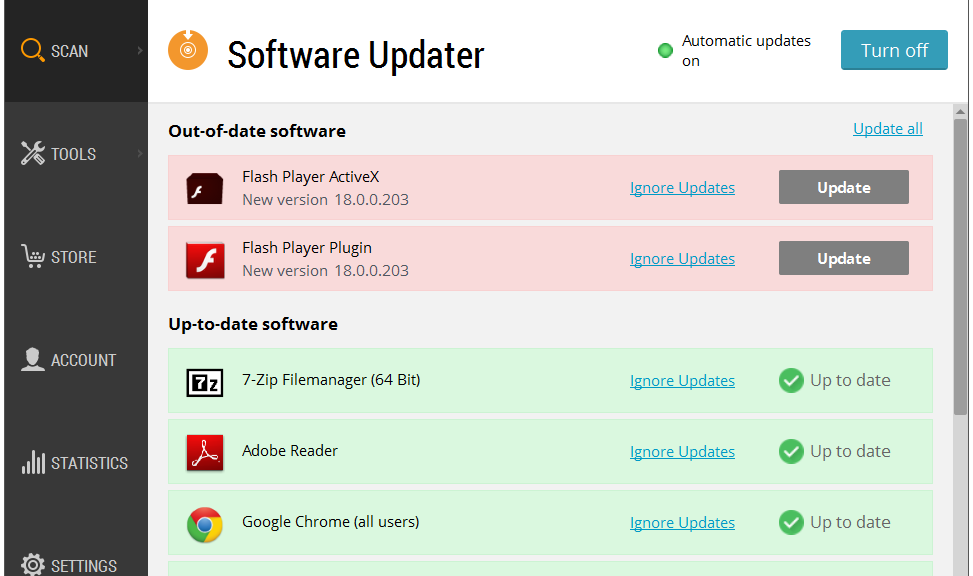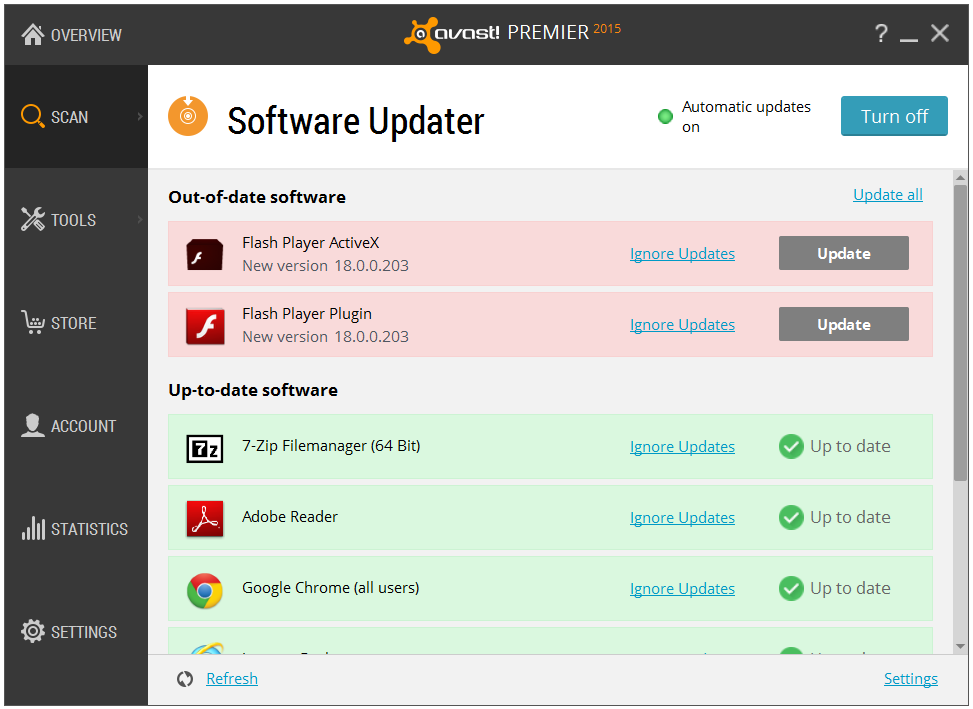This week’s episode was pretty intense — although not so many hacks took place, this week focused on meaningful development of the show’s characters. The episode opened with a flashback to when Elliot and Shayla met; we now know where he got his fish and that he is the reason Shayla got involved with Vera. Then we move onto Angela, who has gone forward with her plan to get justice for her mom’s death, but she isn’t the only one on a mission. Tyrell continued in his fight to become CTO of E Corp – going a little too far (even for his own comfort) during his private time with Sharon, the wife of the newly-appointed E Corp CTO.
Despite the fact that there were no major hacks, there were a few interesting scenes I sat down to talk about with my colleague, Filip Chytry, security researcher at Avast.

Minute 10:30: Gideon tries to talk to Elliot about his grieving over Shayla. Elliot recalls how he got into web design by ripping off sites he liked by copying their source code and then modifying that code. He then wonders what it would be like if there were a “view source” option for people. We then see people in the AllSafe office walking around with signs around their necks that say things like “I love feet” or “I got a nose job”.
Stefanie: This scene with people walking around with their “source code” amused me. Do you think it would be a good idea if we could see people’s source code as easily as we can view website source codes? And I have to ask, what would your source code be Filip?
Filip: There is a saying, “some things are better left unsaid” and in this case I would say, “some things are better left unknown”. As we saw in the scene, some people’s source code is a little too private to be seen by the world and in the digital age,we share enough of our private lives that there is no need to go that far. As for my source code… I would rather not say, but I think it would involve sports, chocolate, or cars.
Stefanie: Do hackers ever leave clues or messages in their code?
Filip: Yes, they occasionally do! My colleague Jan analyzed Android malware, XBot, at the beginning of the year. In the code, the malware author left a clear and rather unpleasant message for antivirus companies. We guessed that he was a little bitter about us blocking his masterpieces.
Minute 25:40: Darlene is summoned for a meeting with Cisco. He is upset that she hacked him to contact White Rose from the Dark Army using his handle.
Stefanie: Darlene is such a rebel! Can you help me understand how she ended up communicating with the Dark Army using Cisco’s handle?
Filip: She hacked his router. She probably figured out which router he was using and exploited a vulnerability to get into the router. Today’s router security situation is similar to PCs in the 1990s — new router vulnerabilities are discovered every day. From there, she got ahold of his IP address by looking at his router’s past communication. Getting into the channel, which I am guessing is either a forum or chat, using his handle depends on how hidden the channel is, and if the “Dark Army” is involved, I am guessing this wasn’t very simple.
Stefanie: Wow! Routers are the center point of households nowadays, with Internet-connected devices all connecting to the router itself. What can people do to protect themselves?
Filip: It’s simple, really — they can use Avast’s Home Network Security scanner! Home Network Security exposes weak or default passwords, vulnerable routers, compromised Internet connections, and enabled, but not protected, IPv6. Home Network Security provides guidelines explaining how to fix vulnerabilities to make sure your network is fully protected…something Cisco (Darlene’s ex boyfriend on Mr. Robot, not the router manufacturer!) should consider doing. 
Minute 38:05: Darlene goes to meet with fellow FSociety member, Trenton, to convince her to re-join the cause. Trenton asks Darlene if she has ever thought about which part of the FSociety scheme motivates her. Trenton then describes what she thinks motivates the other members: momentary anarchy, palling around, and fame.
Stefanie: What do you think motivates hackers?
Filip: Back in the day, hackers used be motivated by fame – hacking for the sake of proving something can be hacked –but the game has since changed. Hackers are now more motivated by financial gain and steal money from accounts, hold data hostage for ransom or steal customer data from major corporations to sell on the black market of the Internet. The days of famous hackers are basically over because nowadays, hackers want their identities to remain anonymous in order to keep committing cybercrime.
What did you think of the episode? Let us know in the comments below!











